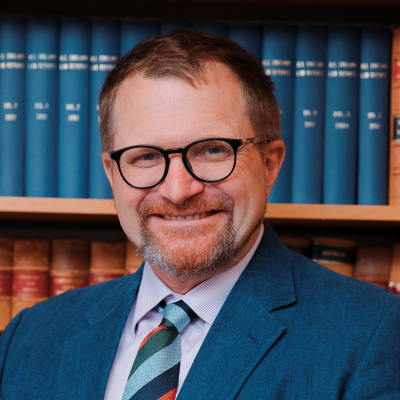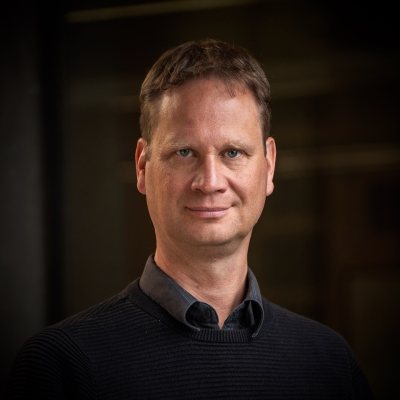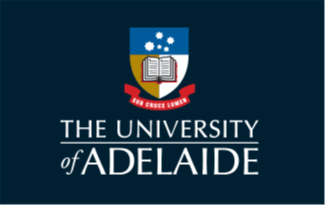Wednesday, 12th November | Conference Day Two
Day Two | Secure Australia
9:00 am - 9:20 am
Morning Registration and Networking
9:20 am - 9:30 am
Chair's Opening Remarks
Mel McDowall -
Director,
DAIRNet
9:30 am - 10:00 am
Exploring the Edge: AI, Autonomy, and the Future Force Landscape
Commodore Michael Turner -
Director General Maritime Integrated Capabilities.,
Australian Department of Defence
- Harnessing autonomous swarms, unmanned ISR, and persistent sensors to reshape force structure and mission profiles.
- Using digital twins, wargaming, and advanced modelling to test and iterate RASAI-driven operational concepts before investment.
- Building AI-enabled force options that are joint by design, modular, and adaptive to evolving threat environments.

Commodore Michael Turner
Director General Maritime Integrated Capabilities.Australian Department of Defence

10:00 am - 10:15 am
Why we need Local Australia Capability to Advance Autonomy Adoption
Mark Palmer -
VP,
Shield AI
- Build trust, safeguards and accountability in every step of autonomy
- Accelerate AI understanding by local rapid feedback cycles
- Understanding the security implications of operational autonomy
10:15 am - 10:30 am
Demo Drive
Get hands-on with the latest AI, autonomous systems, and defence technologies. Experience live demos, explore real-world applications, and see innovation in action.
10:30 am - 11:00 am
Morning Break and Networking
11:00 am - 11:30 am
Quantum-Enabled Autonomy: Unlocking the Next Frontier in AI and Robotics
Professor Muhammad Usman -
Head of Quantum Systems,
CSIRO
- Faster, more complex AI processing.
- Ultra-precise sensing and navigation.
- Unbreakable communications.
11:30 am - 12:30 pm
Panel Discussion | How Quantum Technologies Will Revolutionise RAS-AI
Professor Muhammad Usman -
Head of Quantum Systems,
CSIRO
David Simpson - Associate Professor, Physical Biosciences, University of Melbourne
Dr Ben Travaglione - Quantum Computing Discipline Leader, Defence Science and Technology Group
Dr. James Rabeau - CEO, Deteqt
• Exploring how quantum algorithms could exponentially enhance real-time data processing and decision-making in robotics and autonomous systems — from navigation to threat detection.
• Discussing the role of quantum computing in training more efficient, adaptive AI models for defence applications, especially in complex environments where classical systems fall short.
• Examining how quantum technologies can bolster the cyber resilience and secure communication networks essential for deploying trusted, autonomous platforms at scale.
12:30 pm - 1:30 pm
Lunch Break and Networking
1:30 pm - 2:15 pm
Panel Discussion | Ethical AI & Regulatory Frameworks
Glen Schafer -
Chief Executive Officer,
Trusted Autonomous Systems
Mel McDowall - Director, DAIRNet
- The ethical considerations surrounding the use of AI in defence and security operations.
- The creation of international and domestic regulatory frameworks to govern the use of AI and autonomous systems in military applications.
- The role of export controls and governance in ensuring responsible AI development.
2:15 pm - 3:00 pm
Panel Discussion | Protecting Intelligent Systems from Cyber Threats
Prof Sascha Dominik Dov Bachmann -
Professor in Law & Security at Canberra Law School,
University of Canberra
Professor Dr. Olaf Manuel Maennel - School of Computer and Mathematical Sciences, Faculty of Sciences, Engineering a, University of Adelaide
- How can we secure the complex web of interconnected sensors, AI systems, and cloud platforms that underpin autonomous technologies against increasingly sophisticated cyber attacks?
- What steps can organizations take to mitigate supply chain risks, especially when critical RAS components are sourced from third-party vendors with varying levels of cybersecurity maturity?
- How do we protect the integrity of training and operational data used by AI-driven autonomous systems from manipulation or poisoning by cyber adversaries?
- Where should we draw the line between cybersecurity and operational continuity—especially in time-sensitive environments like healthcare, energy, or defence?
- As autonomous systems proliferate, how must cybersecurity strategies evolve to defend against emerging threat vectors and adaptive adversaries?

Prof Sascha Dominik Dov Bachmann
Professor in Law & Security at Canberra Law SchoolUniversity of Canberra


Professor Dr. Olaf Manuel Maennel
School of Computer and Mathematical Sciences, Faculty of Sciences, Engineering aUniversity of Adelaide

















